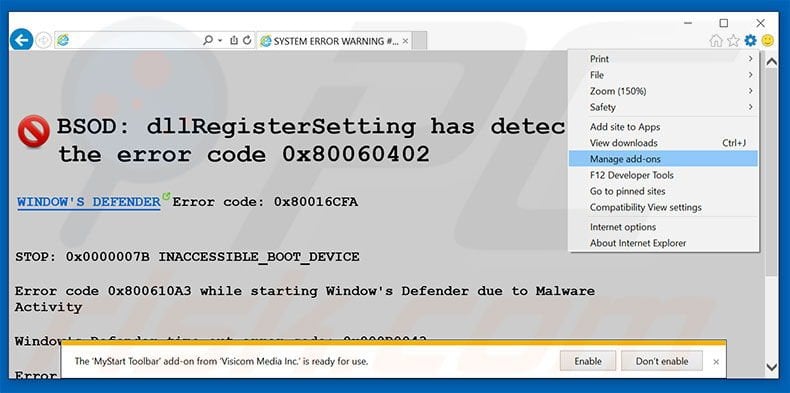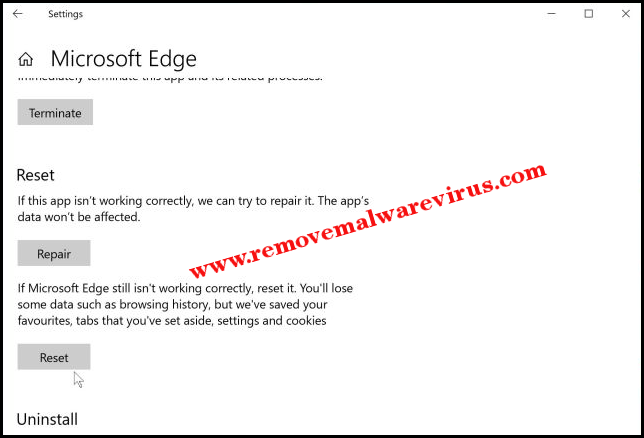
The computer will restart a couple of times and complete installation.Right-click on that and select – Uninstall.A Window from Control panel will prompt up find the recently installed update there.On the next window click on Uninstall updates.From the next page of the Settings application, click on – View update history.The removal can be performed easily if you follow the steps – If yes then you will have to uninstall the same. Therefore, when covpnv64.sys BSOD error appears, check whether you have or haven’t installed a Windows update recently. In spite of adding changes, they cause bugs and issues that may result in blue screen error. Windows updates are aimed to improve the OS performance and protection but sometimes they behave oppositely. See – Driver Verifier Command Syntax for Windows 11, 10, 8, 7 (Updated). This way you can run driver verifier without getting a blue screen error in Windows 10 or 11. A pop-up will say that You must restart this computer for the changes to take effect.

Check the option Select driver names from a list and again click on ‘Next’.Once Driver Verifier Manager appears on the screen click on Next.



If you have made up your mind to set up a VPN connection anyhow, remember to not run driver verifier. Here is How to Fix covpnv64.sys blue screen Error BSOD in Windows 11 or 10 – Way-1: Avoid using Driver Verifier when running BIG-IP Edge Client


 0 kommentar(er)
0 kommentar(er)
